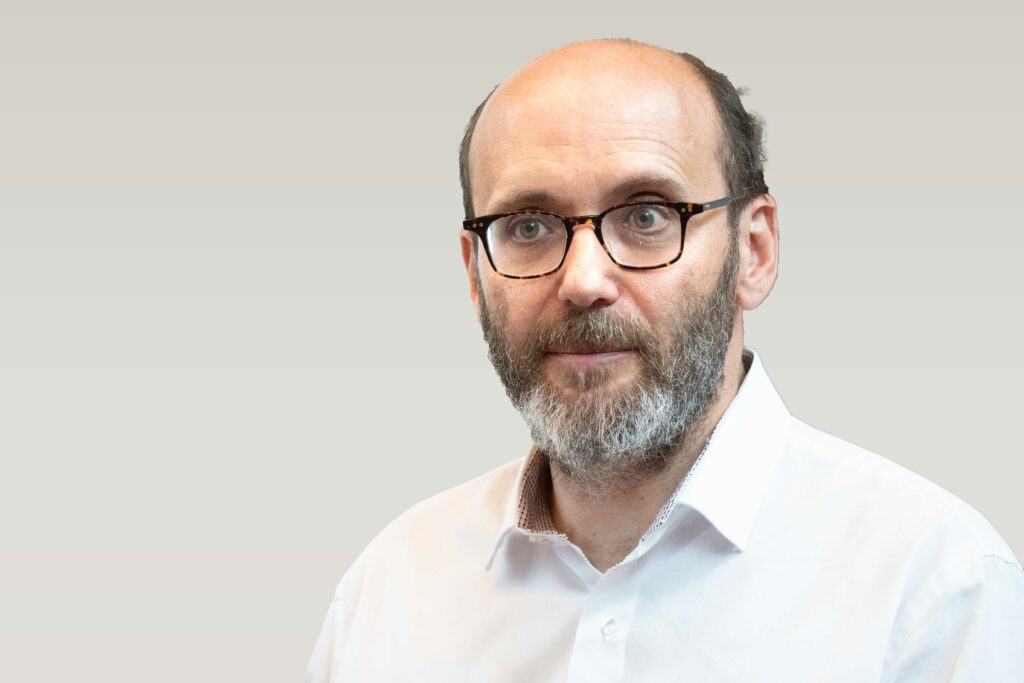The brainers

Sylvain Dal – Psychiatrist
Sylvain Dal is a psychiatrist, head of department and training supervisor at the Clinique Saint-Jean in Brussels; he is also responsible for the day hospital at the Hôpital Saint-Jean de Dieu in Leuze-en-Hainaut, Belgium. In addition to the flat country, his training has taken him briefly to Montreal, the Netherlands and, more recently, Lille. He has a wide range of interests, including phenomenology, paranoia, the development of psychogeriatrics and institutional analysis. He advocates a general psychiatry, with the psychotherapeutic dimension as its main focus. Sylvain Dal is vice-president of the Centre et Ecole Belge de Daseinsanalyse and editor-in-chief of the International Federation of Daseinsanalysis. He teaches psychiatric assistants at the Université Catholique de Louvain as part of an introduction to phenomenology and existential dimensions in therapy. He is also heavily involved in other fields: music, particularly free improvisation, audio-visual research and microcontroller programming.
This brainer takes part in round-table discussions, offers improvisation sessions and the following solo talks:
How is a paranoid delusion constructed?
The classic understanding of paranoid delusions, which can be summed up as ‘a set of logical conclusions, organised into a system, but based on false premises’, may well describe a frequent phenomenon, but it does not help us to understand what leads us to take as true what is manifestly false in the first place, or the great stability and insistence of this pattern in certain people. Beyond the psychological processes of projection and interpretation, we believe that delusions are rooted in a very particular apprehension of reality, a systematically truncated way of constructing what is then taken to be ‘the’ truth, from perceptual fragments, cancelling out the margin of doubt and the interplay of eidetic variations. This could be the dividing line between two fundamentally different constructions of reality: the so-called normal one and the paranoid one. The question becomes all the more fascinating in that a relatively new phenomenon, especially in terms of its scale and trivialisation, that of conspiracy fuelled by social networks, also raises questions about how opinions and convictions are formed, and could therefore - without coming under the heading of psychiatry - provide an opportunity to shed light on the genesis of paranoid delusions.
Mental health and the home
Health care has long been provided in hospitals and clinics, but over the last ten years or so, there has been a growing trend for it to be delivered in the home. This change highlights the importance of the patient's living environment. The practice of home care by a multi-disciplinary team thus brings to light strong links between mental health and the domestic environment. This includes the layout of the space, the objects that populate it, the ambience, sensations such as noises and smells, the history of the place, as well as the reactions these elements elicit in the caregiver. The relationship between mental health and the home is bidirectional: the home can reflect signs of psychopathology, just as it can influence the psyche in positive or negative ways. The aim of this focus is not to transform home observation into a diagnostic tool, but to highlight the profound interactions between the individual and his or her environment, underlining the importance of this “being-in-the-world” in the care process, but also more broadly for everyone.